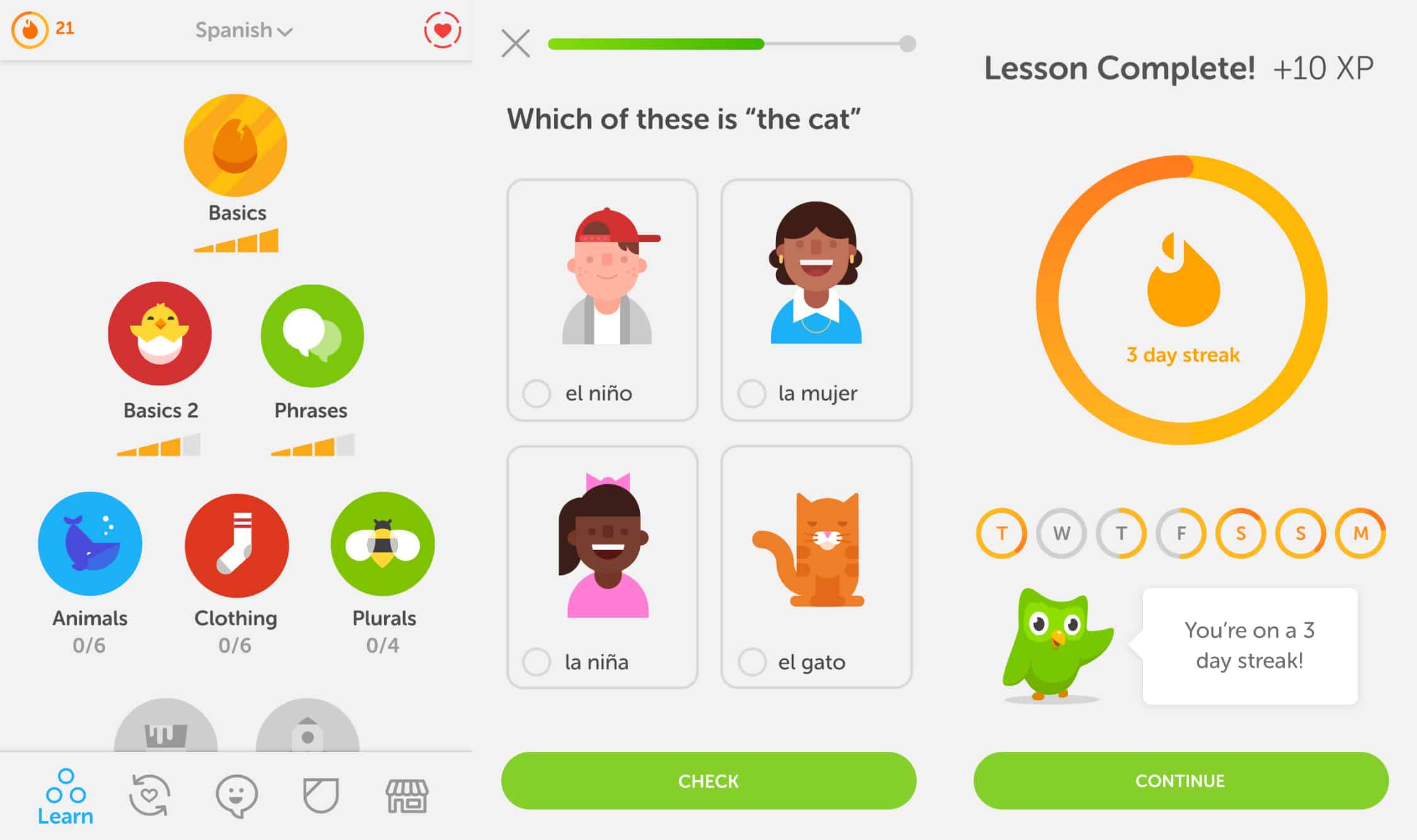
Based on what we learned this week, I’ve noticed that AI is helpful but not necessary in learning. Although it is artificial intelligence, it is still based on data and algorithms. As the experience of learning in Duolingo, in fact, it helps learning better but not in field of AI. Actually, Duolingo did a good job on gamification, but I don’t agree with “humanize” and AI. The difference between AI learning and people teaching is that you can ask questions if you don’t understand the content and teacher will answer it, but you cannot ask questions in AI learning. You passively accept the learning content, even though you actively choose what to learn. What I feel about Duolingo, it does help in some ways, like daily language, but it doesn’t teach grammar. Therefore, it can only be a tool or aids for learning a new language. The formal learning from teacher is necessary if you want to learn this language deeply. Furthermore, the training data used largely from English language learners will impact the user experience for other languages. There are grammar and meaning differences between two different languages. Sometimes the sentence is right, but not what native speakers usually use. The sentence is translated from English. As a Chinese speaker, I felt strange when I tried to learn Chinese in English in Duolingo. So, I guess it happens in other languages learning. In my opinion, AI learning will never replace human.
